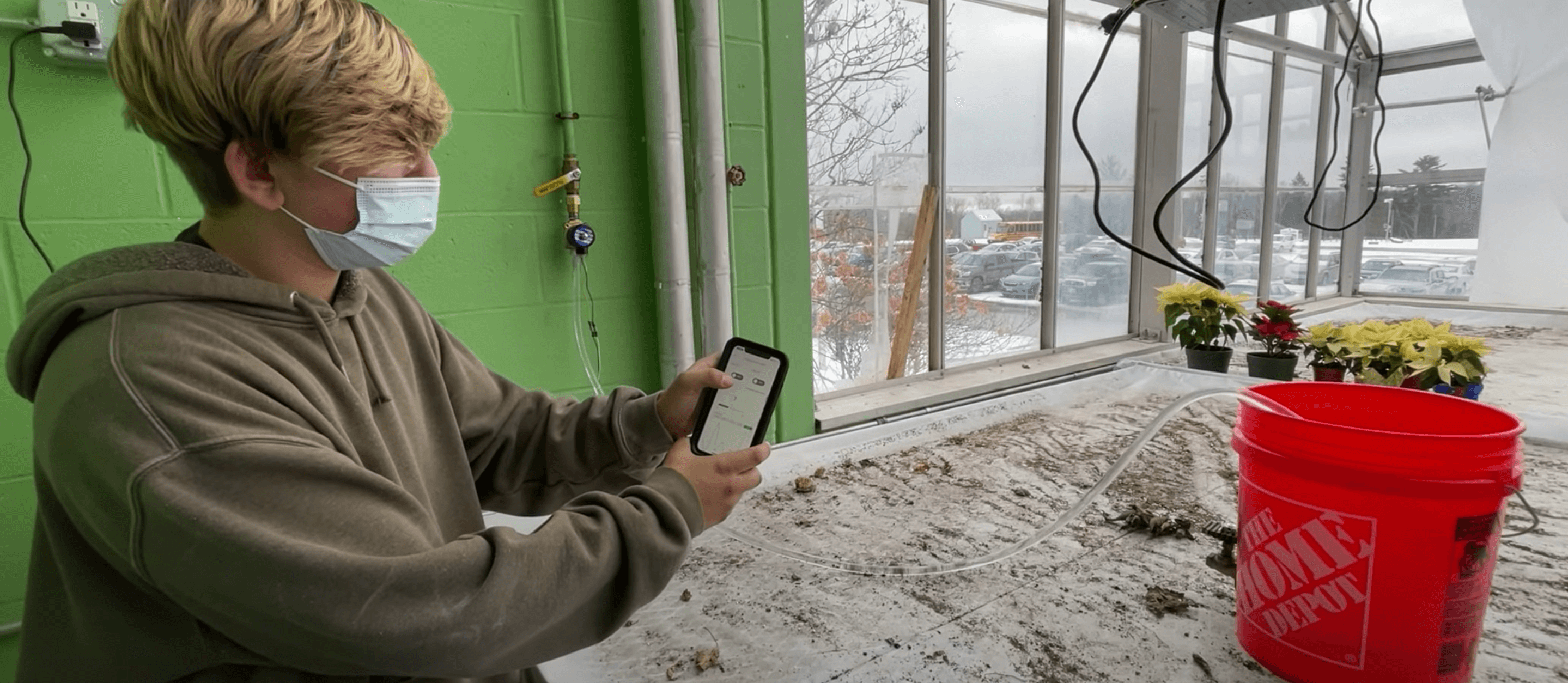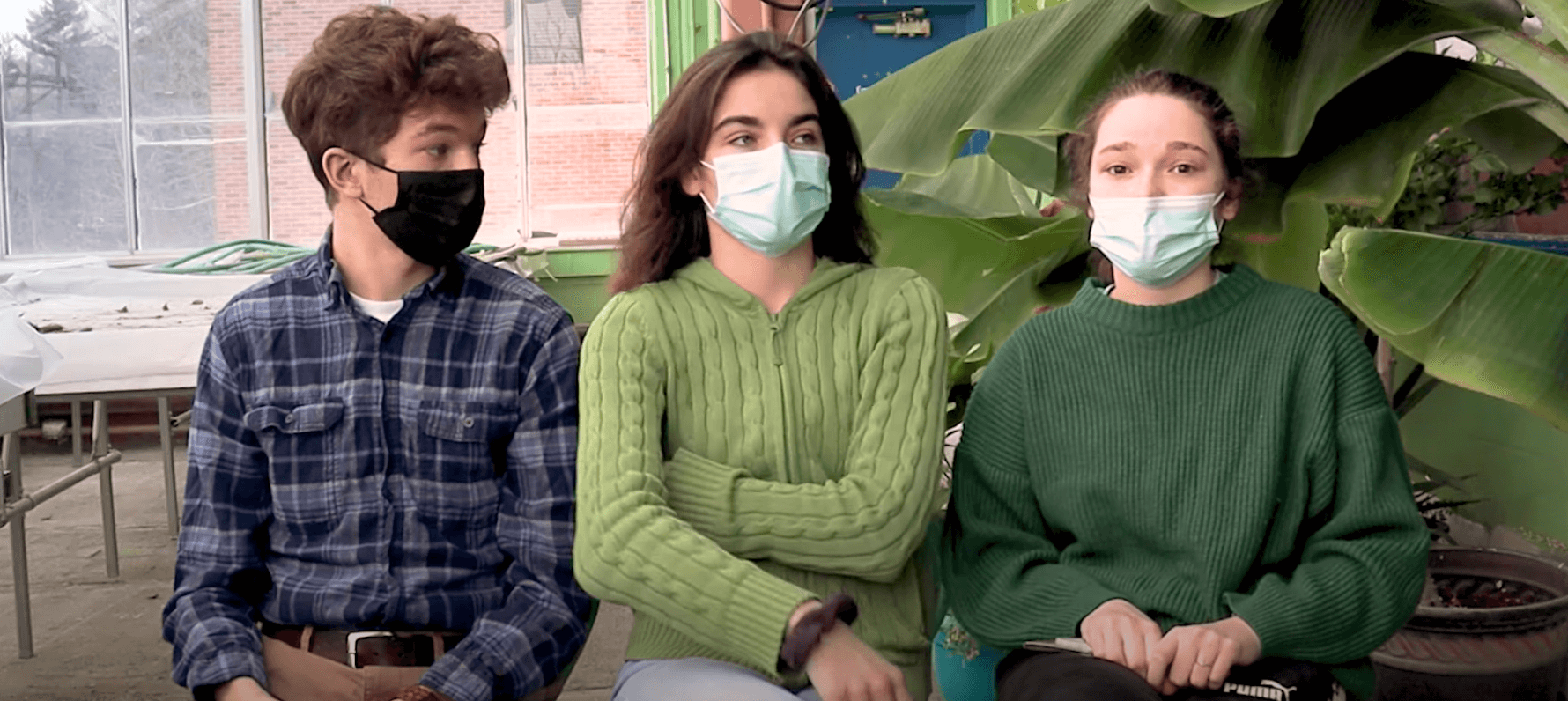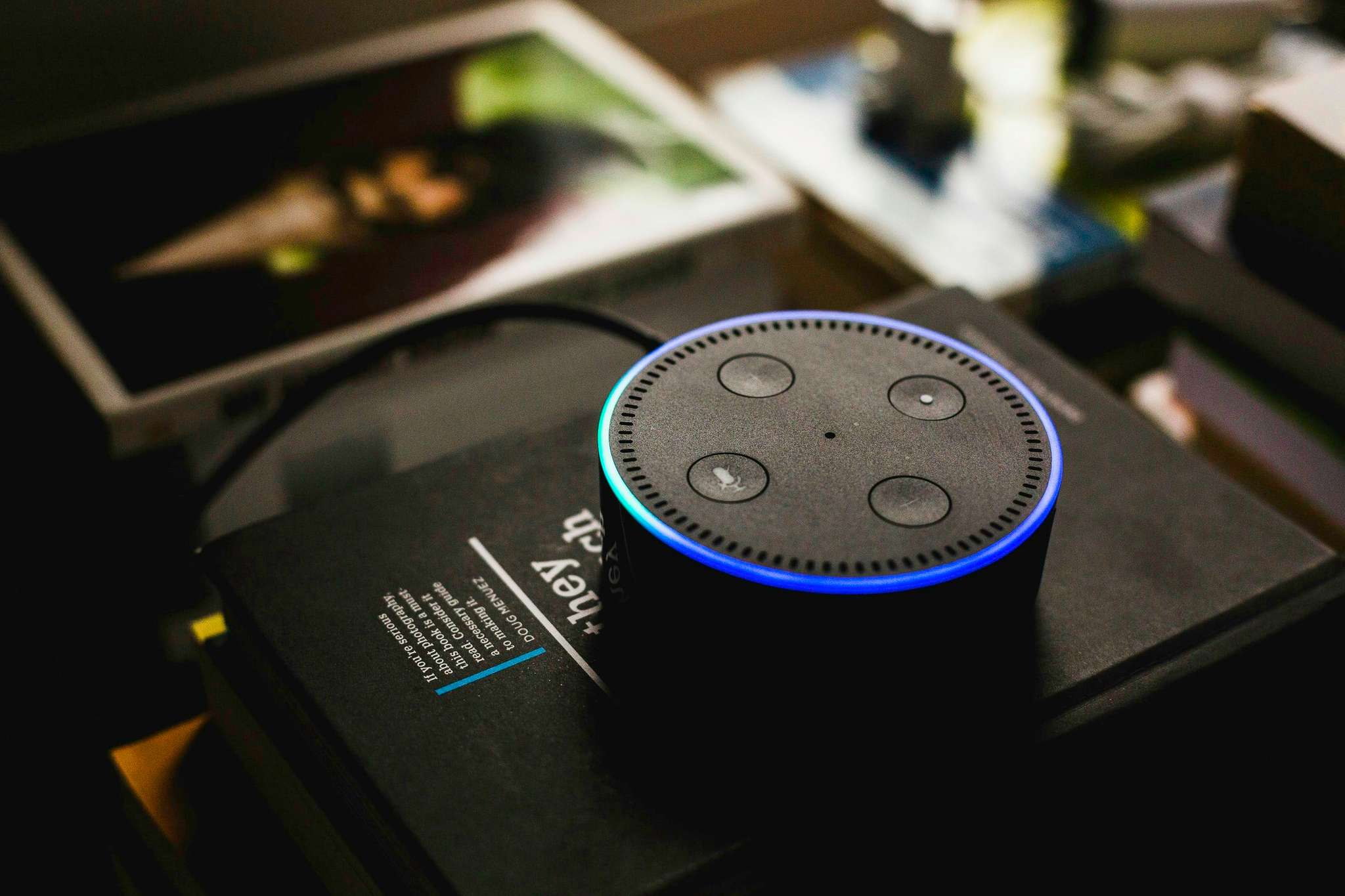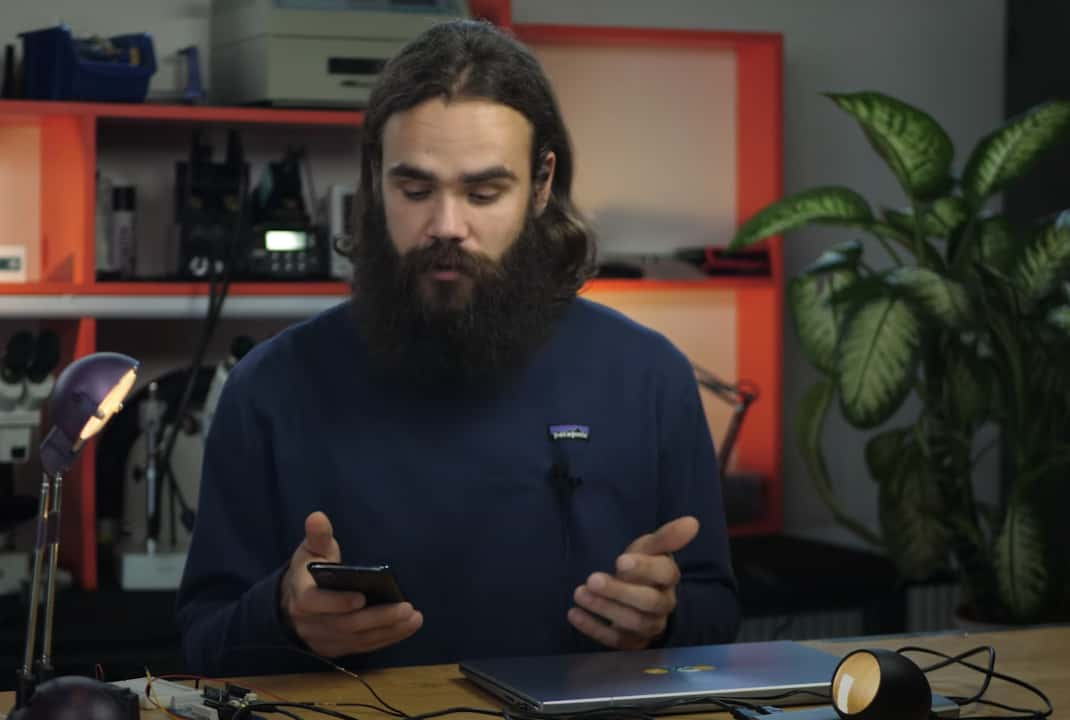How White Mountains Regional High School Used Arduino & the IoT to Build an Automated Greenhouse
The internet of things, or IoT, refers to physical devices that are connected to the internet, collecting and sharing data with each other.
Teaching high school students about how the IoT works has some awesome benefits. It prepares them for future careers, enhances their understanding of the world and technology around them, helps bridge the STEM skills gap, and it supports them in securing jobs.
High school students taking computer technology, environmental and sustainability, and mechanics and fabrication classes at White Mountains Regional High School in New Hampshire, US, have recently collaborated to build an internet-connected greenhouse.
Students are making school life easier with the IoT
Computer technology teacher Dan Hubacz, environmental and sustainability instructor Aidan Howry, and mechanics and fabrication teacher Dana Graham - and of course their students - are working with remote sensing applications that allow them to do things like automate lighting, regulate temperature, adjust humidity, and check on the greenhouse from their phones.

And this is all powered by the Arduino Cloud and the Arduino Education Explore IoT Kit.
Dan says:
“We were working with the Explore IoT Kit, and instantly I thought about what the potential uses are for this to make our life at White Mountains Regional High School a little bit better. I want my students to be working on things that are real and matter to them, and that also potentially have an impact on the community.”
With that in mind, Dan worked with Aidan Howry to automate parts of the greenhouse she and her environment and sustainability students have been working in. The aim of this project was to automatically take care of the plants that the students grow throughout the year - without the need to come in on weekends and during school breaks to water and feed to plants, and so that they were at the right temperature or had enough sunlight or water.
As Aidan says: “I would be on board in any way that the greenhouse could be automated and not just be a manual operation, because it’s pretty challenging. We don’t have water automation, we don’t have an irrigation system, and we don’t have any way to apply a liquid based fertilizer. For lights we use natural daylight, and we don’t have any temperature, humidity or carbon dioxide control. There was a lot of room for opportunity!”
How this IoT project is helping students learn future skills
Talking about the project as a whole, Aidan goes on to say that:
“It shows the kids what the opportunity is - large greenhouse facilities in industry would be automated. It models for the kids what they might see in industry. For me it’s all about the learning process rather than the content. So being able to ask questions, to engage, to do some background research, to have an idea that you want to test out and find the answer to, to be able to collect data, communicate that data, talk to peers, and then communicate the results to an outside audience - I think a project like this helps make that happen. It’s real world for the students. They’re out of the textbook and they’re doing things hands-on, and something that’s meaningful.”
Dana adds: “This project has been exciting because of the collaboration between the three classes. You see kids who wouldn’t normally be in the same classrooms actually working together. This definitely fits in with the core curriculum competency of collaboration.”
What students think about their IoT project
Students from the computer technology, environmental and sustainability, and fabrication classes have acquired practical skills that they can take with them into the future, from connecting devices to automating manual processes and welding parts.
But they’ve also learned more from this project than tangible skills. They’ve honed their collaboration and communication, and they’ve got excited about learning and seeing results that mean something to them.

Madi, from the environmental and sustainability class, says: “I feel like we’ve been able to acquire a lot of different skills. Working with other groups, other people that we wouldn’t normally be grouped with, gives you a real world experience.” And her classmate Clara agrees, saying: “You can see how you can’t really have one team without the other. It’s really cool to see how your research can be implemented. That helps to be passionate about it. It’s not hypothetical.”
Jaden, who’s in the fabrication class, says:
“For me, I feel like when it comes together I think it’s going to be like a new hope for what this school can do and what we are capable of. It’s what we can do as a group and what we can produce to make the world a better place.”
How the Explore IoT Kit supports this project
The Explore IoT Kit gets advanced high school and college students to take their first steps in building internet-connected objects. In Dan’s words:
“As students were learning this topic, I didn’t have to stand up there and lead the class through every little thing. I could point them to the online resources. It’s a really slick system that’s very user-friendly, especially for a newbie. My students are able to learn at their own pace and on their own time, and accumulate knowledge and build their skills as they need them and as their project requires.”
Get started with the Internet of Things and discover what you can do with the Explore IoT Kit in your classroom.

